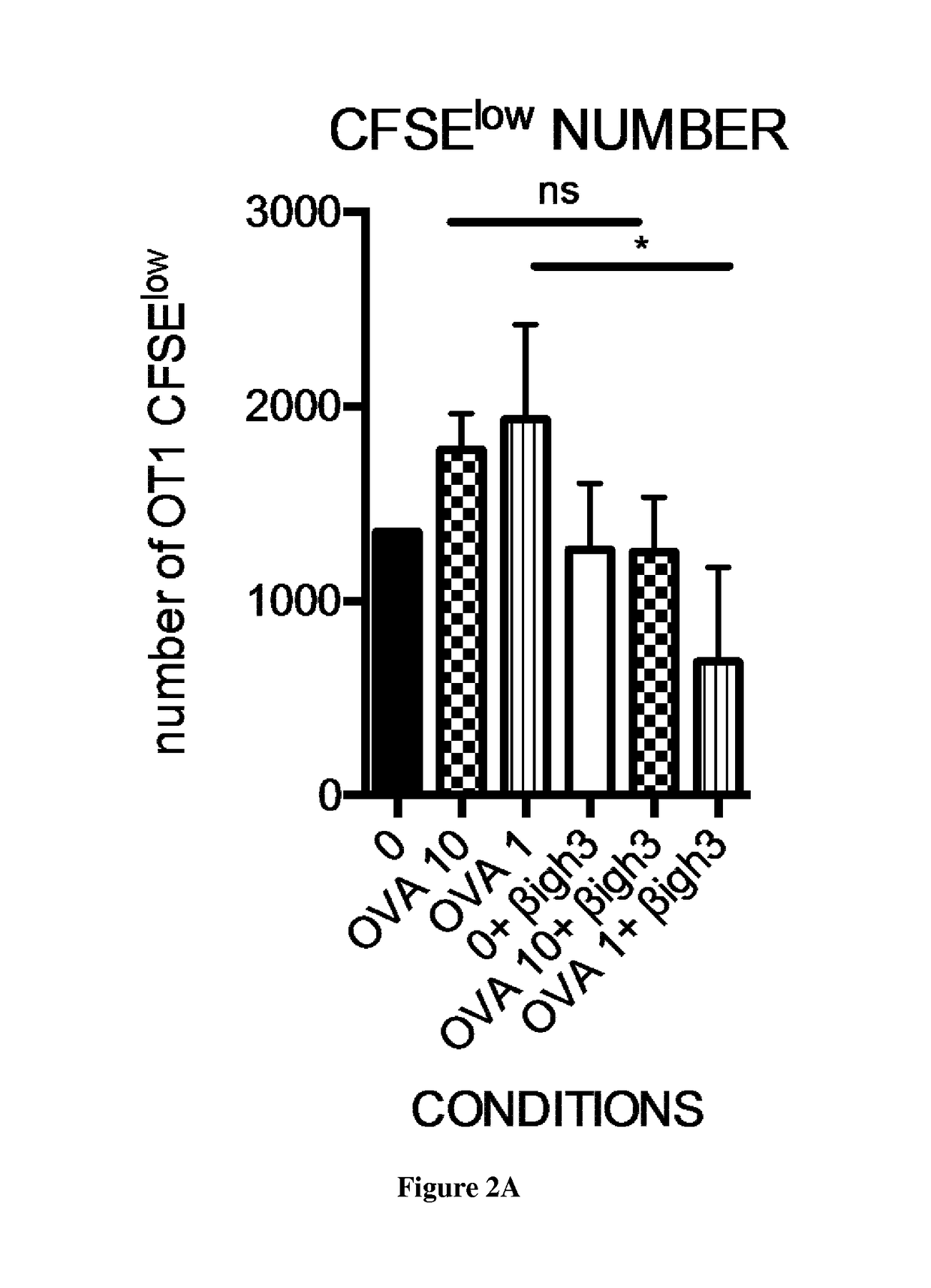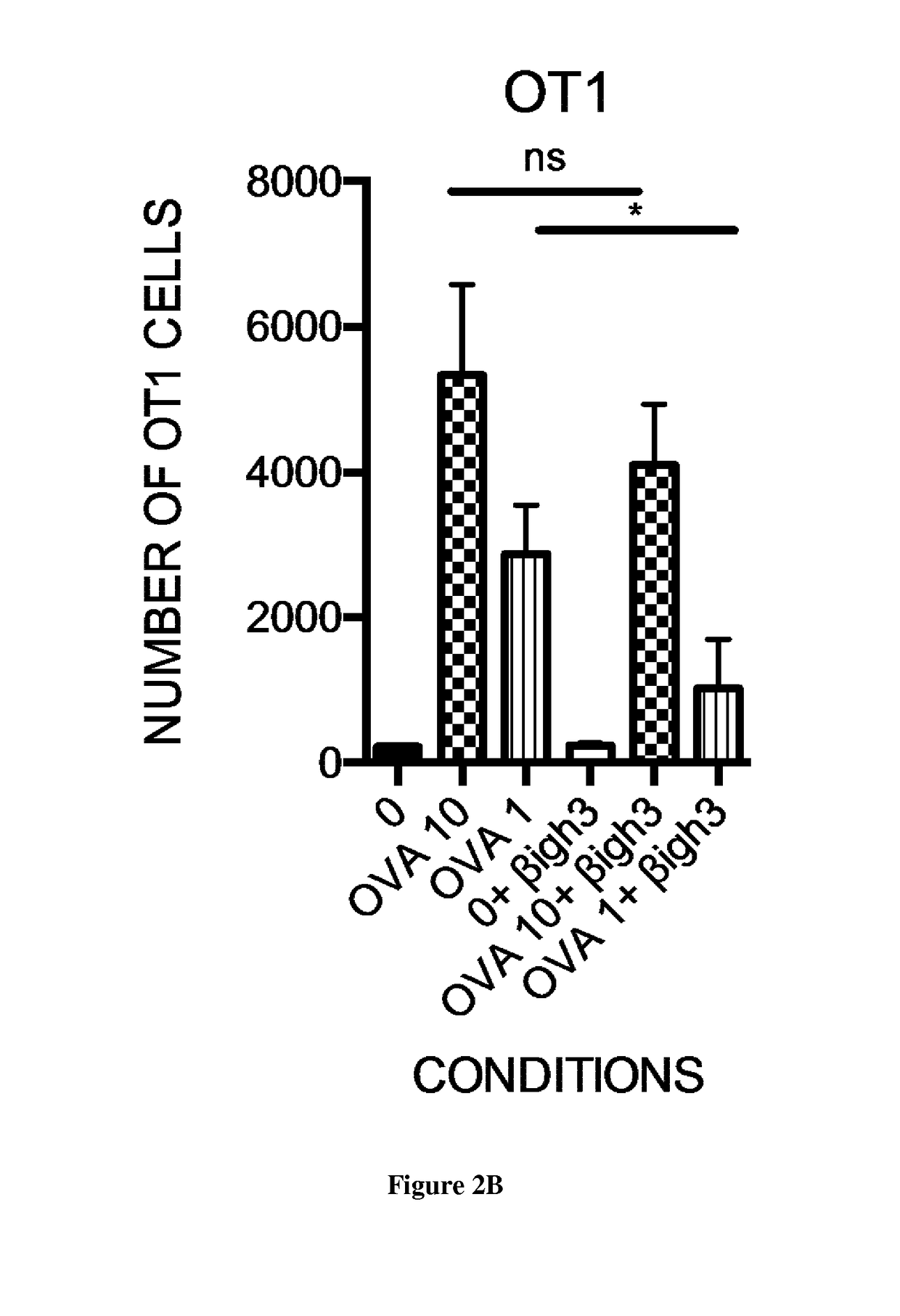Early and Non Invasive Method for Assessing a Subject's Risk of Having Pancreatic Ductal Adenocarcinoma and Methods of Treatement of Such Disease
a pancreatic ductal and risk assessment technology, applied in the field of early and non-invasive methods for assessing the risk of pancreatic ductal adenocarcinoma and the methods of treating such disease, can solve the problems of heterogeneous disease in terms of response to the—yet non-optimal—existing treatments, major health problems, and limited impact of conventional treatment approaches, etc., to achieve the effect of low risk
- Summary
- Abstract
- Description
- Claims
- Application Information
AI Technical Summary
Benefits of technology
Problems solved by technology
Method used
Image
Examples
example 1
Material & Methods
Mouse Models
[0152]p48-Cre;KrasG12D were bred and housed in specific pathogen-free conditions and used as a model of development of PANINs. These mice develop PANIN lesions starting from 1.5 months. In order to determine the role of βig-h3 molecule in the regulation of specific immune response OT1 / Rag2 KO transgenic mice expressing unique OT1 T cell receptor (CD8+ T cells) were used. Furthermore, a neutralizing antibody against βigh3 was used in order to assess the impact of the molecule in the early stages of PANIN development.
[0153]Mouse pancreas of p48-Cre;KrasG12D or WT animals were isolated by collagen disruption. Ducts were isolated using DBA-lectin—FITC and subsequent anti-FITC magnetic beads and CAFs by using anti-PDGFRα-PE and anti-PE magnetic beads and MACS Miltenyi technology. Alternatively, for increase purity we FACS sort them. The purified populations were injected in Matrigel in recipient mice (immunocompetant WT C57B16 mice). Antibody i.p injection w...
example 2
βig-h3 Interacts with CD61 on T Cell Surface
[0168]βig-h3 has been reported to signal through binding to αvβ3 integrins (Tumbarello D A, et al. Mol Cancer 2012;11:36). Therefore, we searched for the expression of β3 (CD61) at the surface of CD8+ T cells. We found that both CD8+ T cell present in lymph nodes and in tumors express CD61 and further noticed that the expression of CD61 was significantly higher in tumor CD8+ T cells compared to peripheral CD8+ T cells (FIG. 5A). We next confirmed that βig-h3 was able to signal through CD61 since treatment of CD8+ T cells with recombinant βig-h3 protein (rβig-h3) led to CD61 internalization (FIG. 5B). As reported before in diabetis (Patry M, Diabetes 2015;64:4212-9), treatment of CD8+ T cells with rβig-h3 resulted in the phosphorylation of Lck on Y505 and its colocalization with CD61 (FIG. 5C). These results show that βig-h3 interacts with CD61 at the surface of CD8+ T cells leading to the phosphorylation of Lck on Y505 (Davis S J,. Trends ...
PUM
| Property | Measurement | Unit |
|---|---|---|
| concentrations | aaaaa | aaaaa |
| concentrations | aaaaa | aaaaa |
| concentration | aaaaa | aaaaa |
Abstract
Description
Claims
Application Information
 Login to View More
Login to View More - R&D
- Intellectual Property
- Life Sciences
- Materials
- Tech Scout
- Unparalleled Data Quality
- Higher Quality Content
- 60% Fewer Hallucinations
Browse by: Latest US Patents, China's latest patents, Technical Efficacy Thesaurus, Application Domain, Technology Topic, Popular Technical Reports.
© 2025 PatSnap. All rights reserved.Legal|Privacy policy|Modern Slavery Act Transparency Statement|Sitemap|About US| Contact US: help@patsnap.com



